A Solana developer has proposed accelerating the rate the blockchain reduces staking rewards in a bid to cut the number of new tokens entering circulation.
The proposal, posted to developer platform Github on November 21, advocates for doubling Solana’s programmed staking reward decline from 15% per year to 30%. If implemented, the measure will prevent almost $3 billion worth of new SOL ($129.52) tokens being created.
“High token inflation increases sell pressure, as some stakers treat staking rewards as ordinary income and need to sell a portion to cover taxes,” Lostintime101, a pseudonymous Solana technical writer and researcher at Helius, a Solana developer platform, said in the proposal.
Needlessly high
Solana pays staking rewards to those who lock up their tokens to help process transactions on the network. Those rewards are programmed to decline until they reach a terminal rate of 1.5%.
Yet many proponents argue that the current rewards are needlessly high, and should be reduced ahead of schedule. The network currently pays out around 6% annually in kind to those who stake SOL tokens. Staking rewards on Ethereum, Solana’s main competitor, are around 3%.
It’s not the first attempt by Solana developers to reduce token inflation.
In March, Solana’s validators, entities running the blockchain’s distributed network, voted on a multifaceted proposal that aimed to reduce staking rewards by around 66% — around $3.5 billion worth of new tokens each year at the time.
That vote garnered over 61% of votes in favour, falling short of the 66.67% supermajority needed for it to pass.
“Previous governance discussions on modifying the inflation schedule became unusually heated and divisive,” Lostintime101 said. “With this proposal, we aim to avoid repeating those missteps and promote a more focused governance process.”
Tricky issue
It’s a tricky issue to navigate. Blockchains like Ethereum and Solana have spawned a $152 billion DeFi ecosystem.
Yet they are still struggling to balance the fees users must pay to transact on them with the incentives given out to those who run the blockchains and secure transactions.
It’s not just Solana looking to reduce the tokens it gives out. The Ethereum, Celestia, and Near blockchains have all looked at ways to reduce the inflation of their own tokens this year.
Those who oppose reducing token inflation say it could hurt Solana’s decentralisation by making validators unprofitable, forcing them to switch off or lose money.
“As staking rewards decline, a subset of validators may find it challenging to remain economically sustainable, potentially impacting validator diversity,” Lostintime101 said in the proposal.
The number of Solana validators has fallen from a peak of around 2,500 in early 2023 to less than 900 today — a 64% drop.
Several Solana stakeholders previously told DL News they consider the drop a good thing as it removed underperforming and malicious validators from the network.
Lostintime101 said they estimate the rewards reduction will have a limited impact, with only 84 validators becoming unprofitable after three years.
“Any adjustment to the inflation schedule must be significant enough to materially reduce emissions, yet moderate enough to avoid introducing shocks to the system,” Lostintime101 said.
“Doubling the disinflation rate is a straightforward, balanced way to achieve these goals.”
Tim Craig is DL News’ Edinburgh-based DeFi Correspondent. Reach out with tips at tim@dlnews.com.
.png)








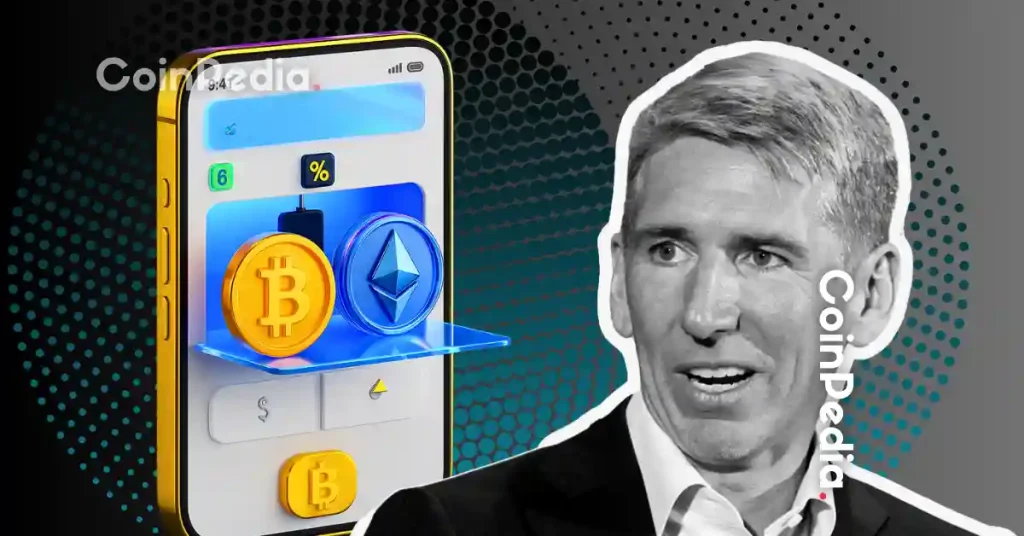





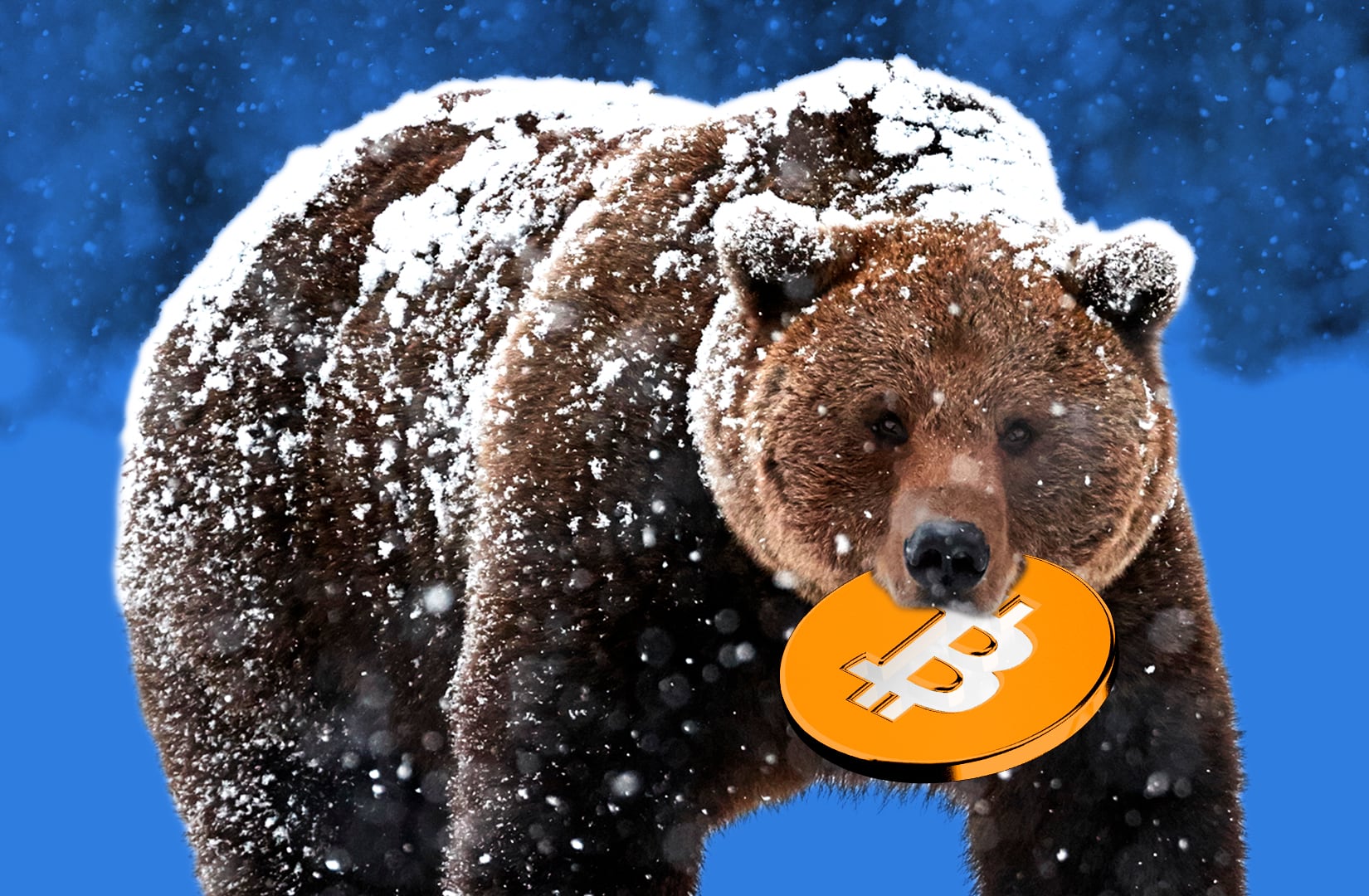


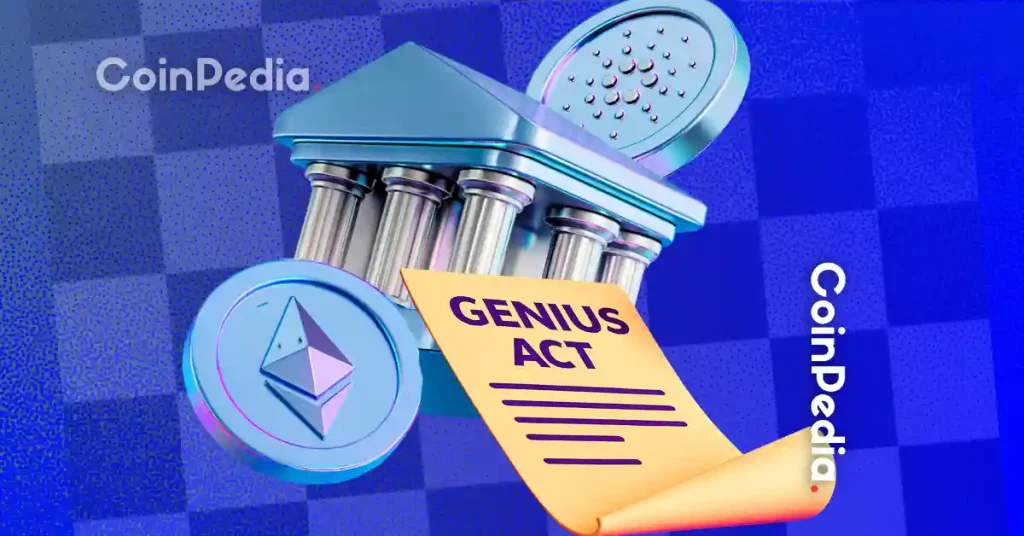


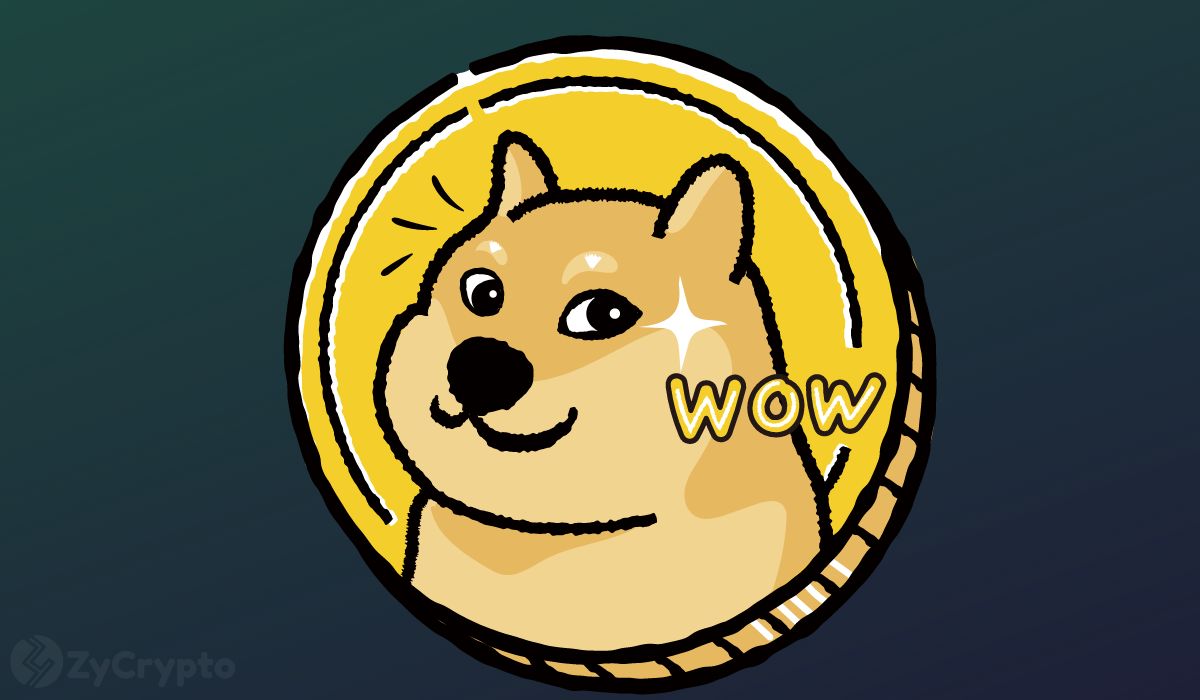



 24h Most Popular
24h Most Popular





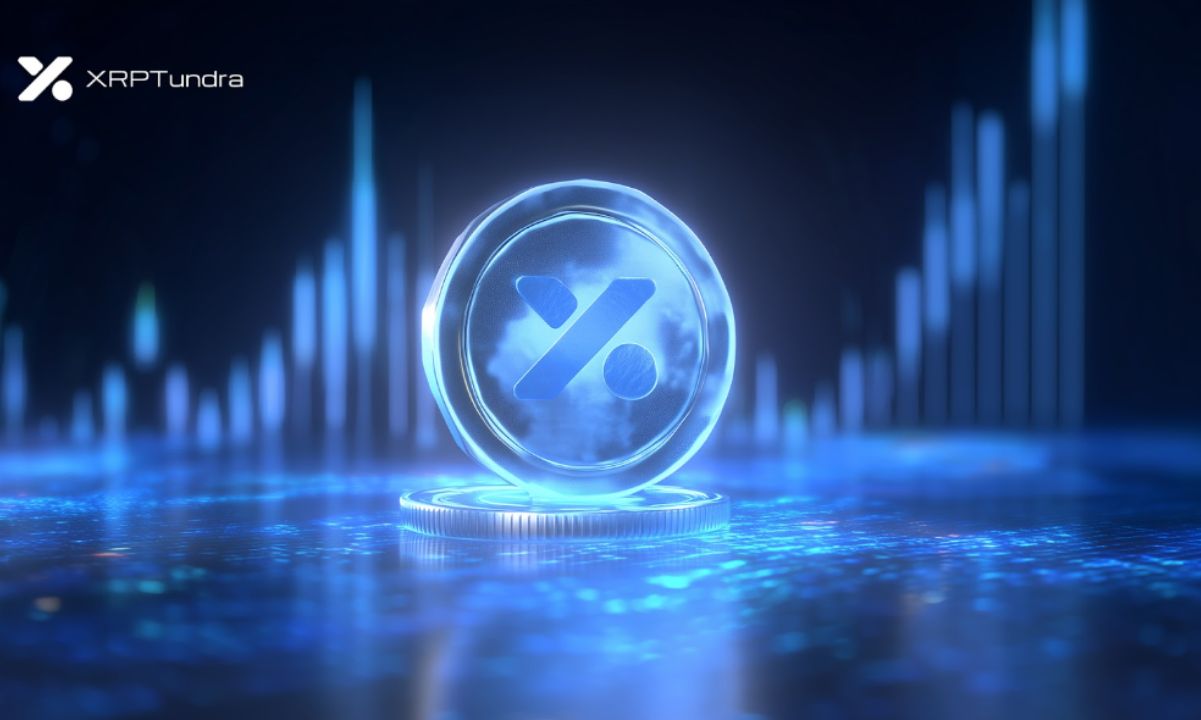



 Utilities
Utilities